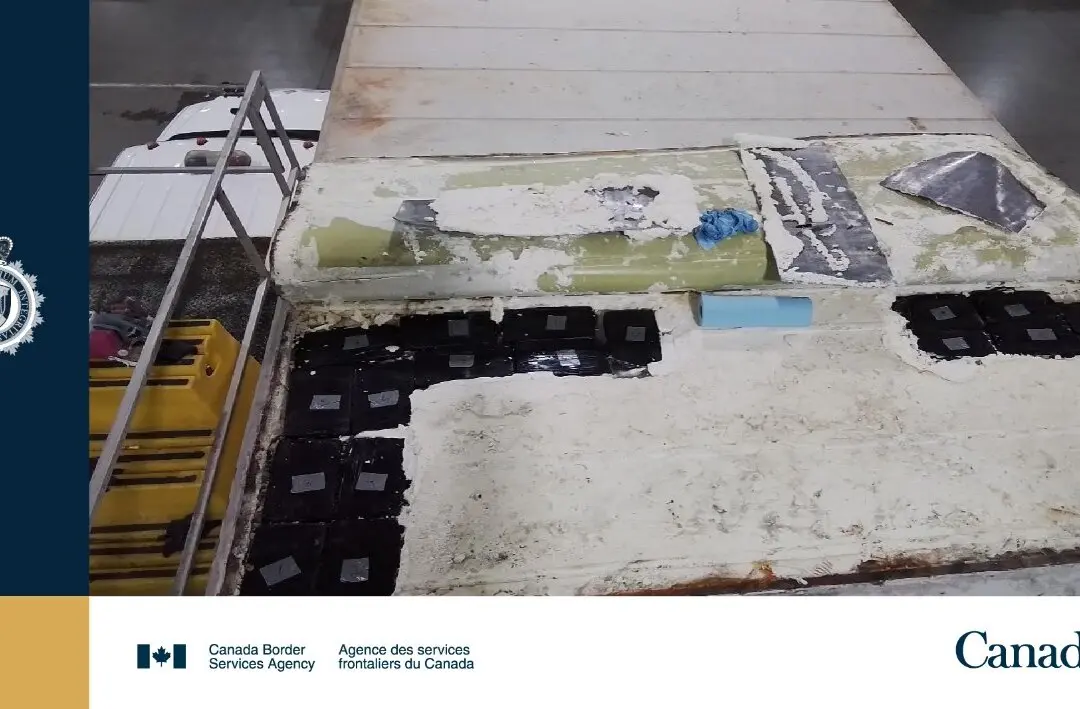Recreational prescription drug use among Ontario’s youth has nearly doubled in the past five years, according to a new report.
Nearly 22 percent of students in grades 7–12 reported using prescription painkillers last year for non-medical purposes, up from 11 percent in 2019 and 12.7 percent in 2021, a newly released report from the Centre for Addiction and Mental Health (CAMH) found.





